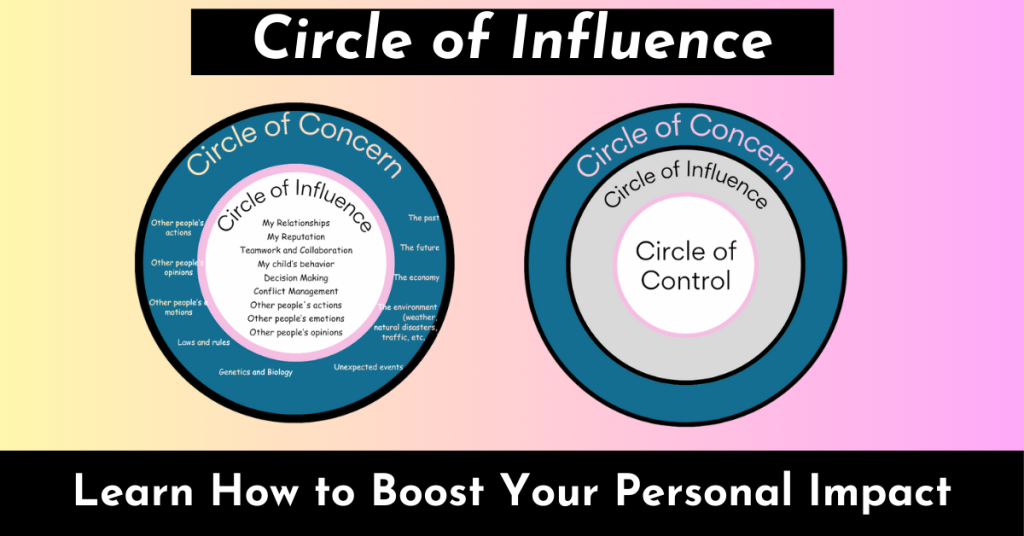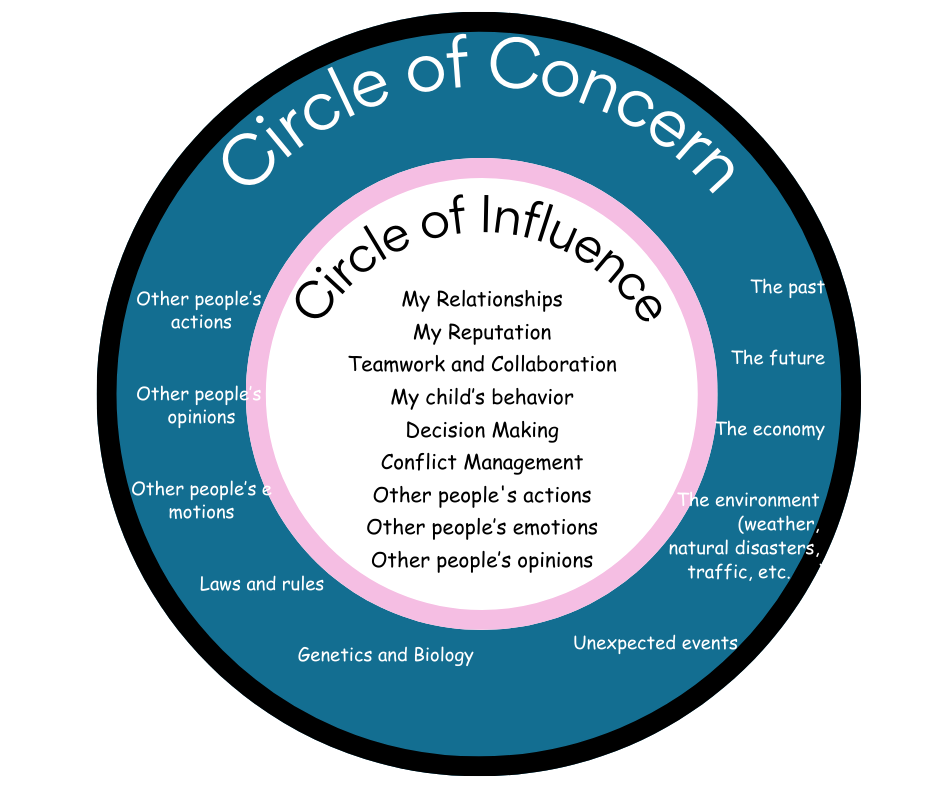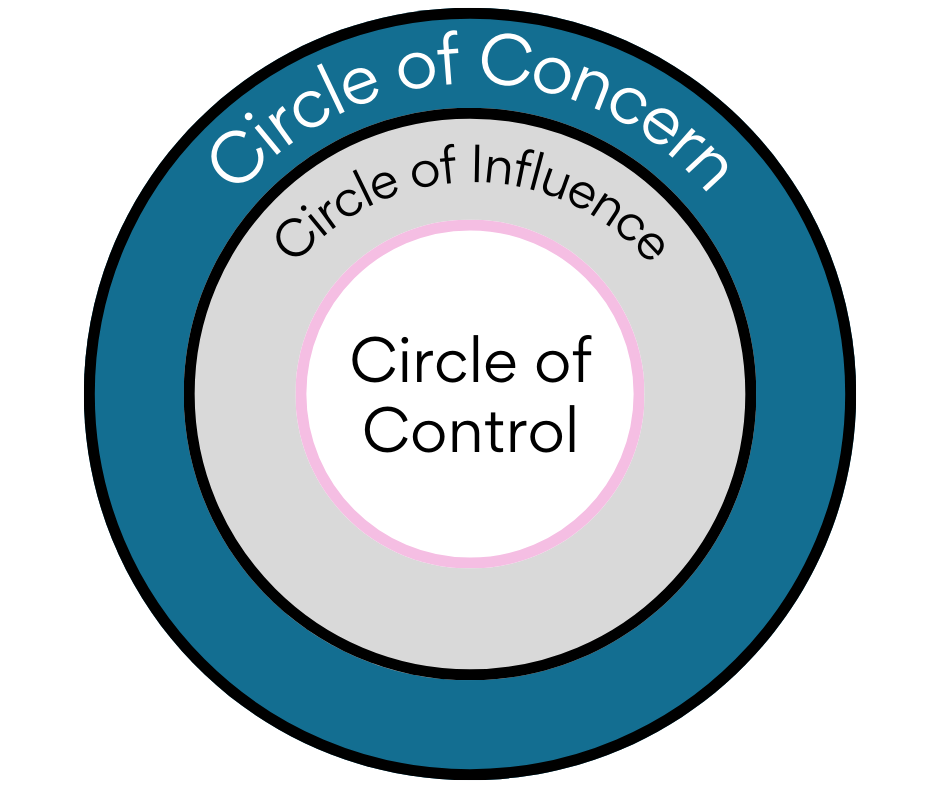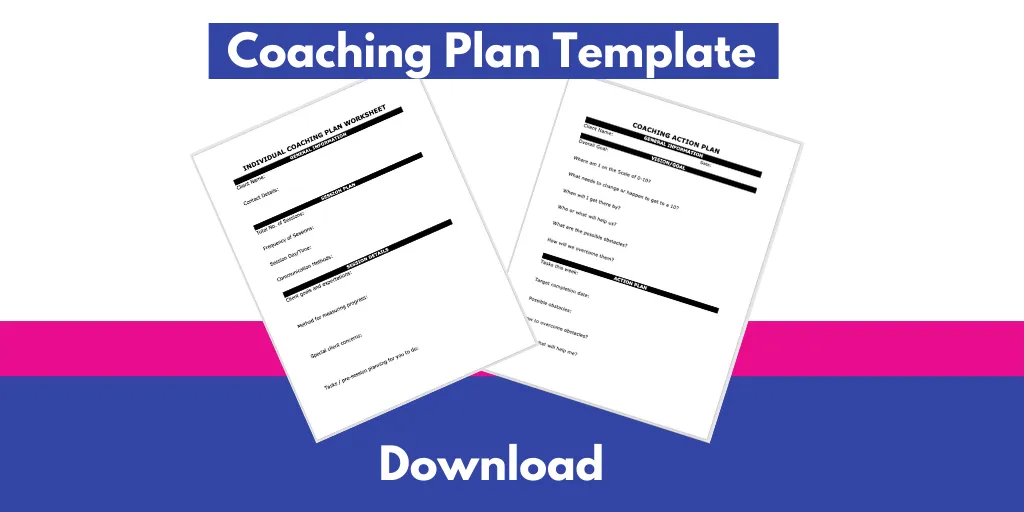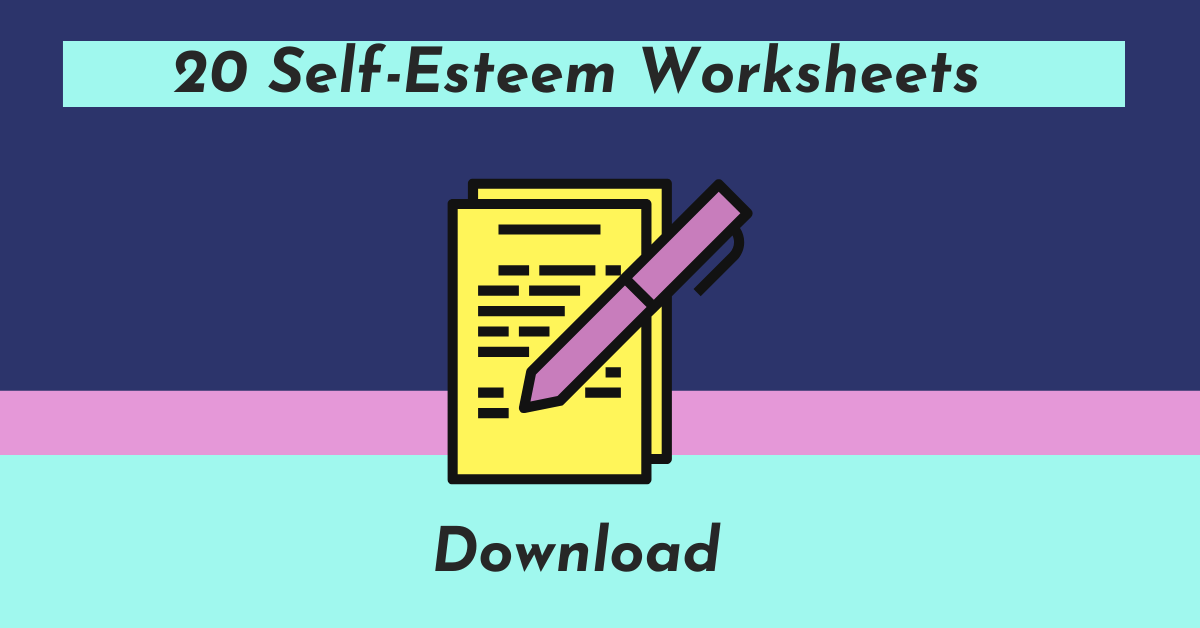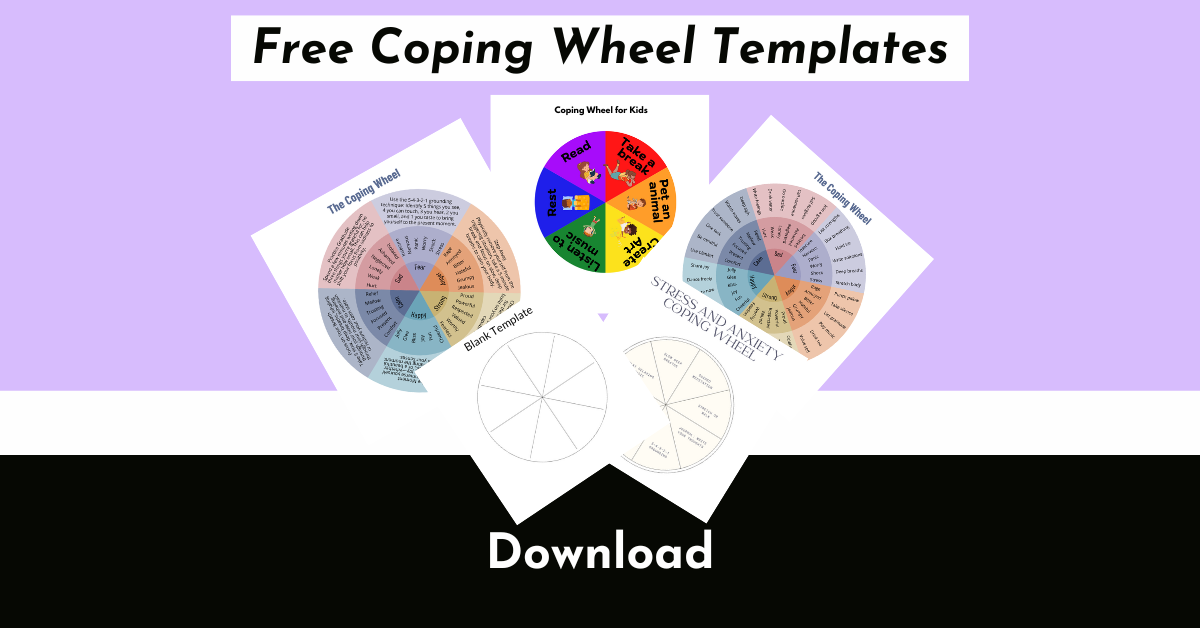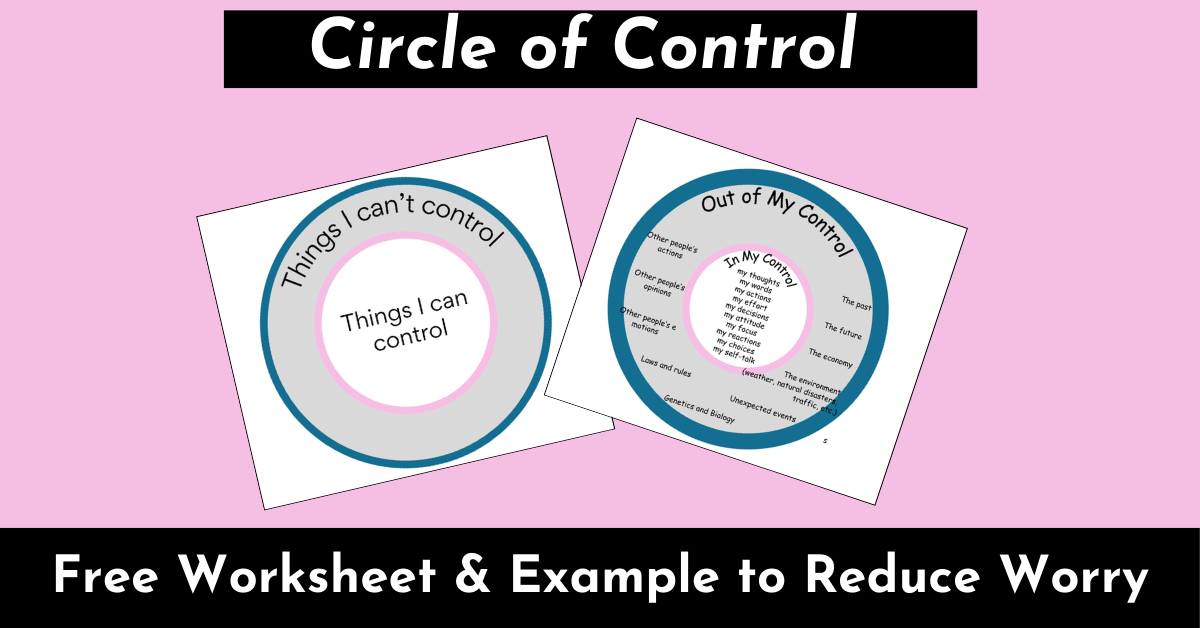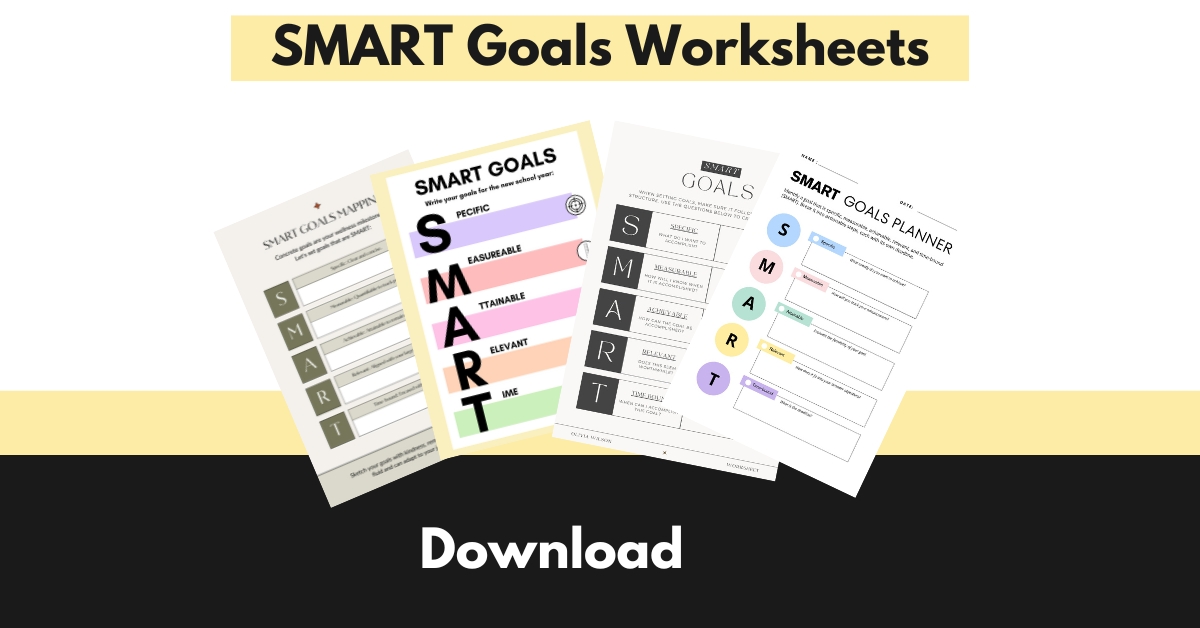Want to make a real difference in your life and the world around you? It all starts with your circle of influence. Your circle of influence includes the people and situations you can directly impact through your actions and choices.
By focusing on what’s within your control, you can create positive change and feel more empowered. Think about the areas where you have the most sway. Your relationships, work, and personal growth are great places to start.
As you build trust and make good choices, your circle of influence naturally grows. This leads to more opportunities to make a meaningful impact in your life and community.
In This Post [hide]
What is the Circle Of Influence?
The Circle of Influence is a concept from Stephen Covey’s book “The 7 Habits of Highly Effective People” that refers to the people, situations, and events that you can impact through your actions and decisions, even if you don’t have full control.
Picture two circles, one inside the other. The outer circle is your “circle of concern.” It includes everything you care about or worry over.
The inner circle is your “circle of influence.” This holds the things you can actually change or affect. It’s usually smaller than your circle of concern.
Some examples in your circle of influence might be:
- How you interact with others (e.g., supporting a friend or giving constructive feedback)
- Encouraging positive changes in your workplace or community
- Sharing knowledge or skills to guide others
- Strengthening relationships through trust and effective communication
Things outside your circle of influence could include:
- The weather
- Other people’s opinions
- The economy
- Past events
By working on what’s in your circle of influence, you may find it grows over time. You become more capable and have a bigger impact on the world around you.
Why Focus on Your Circle of Influence?
Your circle of influence includes areas where your actions can create indirect but meaningful change. By focusing on these areas, you become more proactive, effective, and capable of fostering positive outcomes.
Think about it like this: You can’t change the weather, but you can grab an umbrella. That’s being proactive within your circle of influence.
When you focus on what you can influence, you:
- Feel more in control
- Boost your confidence
- Get more done
- Make positive changes
It’s all about taking a proactive approach. Instead of complaining about problems, you look for solutions you can actually implement.
This shift in mindset leads to greater productivity. You spend less time worrying about things outside your control and more time on meaningful action.
Your efforts create a ripple effect. As you make positive changes, you might inspire others to do the same. This can expand your circle of influence over time.
Remember, small actions can lead to big results. By focusing on your circle of influence, you become a force for positive change in your life and community.
Circle of Influence vs. Circle of Control
| Aspect | Circle of Control | Circle of Influence |
|---|---|---|
| Definition | Things you have direct power over | Areas where you can indirectly shape outcomes |
| Scope | Limited to your own actions, thoughts, and behaviors | Broader, includes relationships, teamwork, and external factors you can impact |
| Examples | Your habits, mindset, daily routines, responses to challenges | Encouraging teamwork, influencing work culture, guiding a child’s behavior, promoting healthy habits in your family |
| Key Mindset | Focus on taking full responsibility for personal actions | Lead by example, communicate effectively, and build trust |
| How It Expands | By consistently improving self-discipline, habits, and decision-making | By building relationships, gaining credibility, and fostering collaboration |
| Common Misconception | It means controlling everything—when in reality, it’s about self-discipline | It means controlling others—when in reality, it’s about inspiring change |
Your circle of influence includes things you can affect indirectly, while your circle of control covers what you directly control. Think of them as two rings, with control in the center.
Your circle of control is smaller. It’s just the stuff you have direct power over. This includes:
- Your thoughts
- Your actions
- Your reactions
- Your habits
Your circle of influence is bigger. It contains things you can impact but not fully control. For example:
- Other people’s opinions of you
- Your work environment
- Your relationships
Focusing on your circle of control is often more productive. You can make real changes there. When you put your energy into what you can control, you might find your circle of influence grows, too.
It’s easy to get caught up worrying about things outside both circles. But that’s not helpful. Instead, try to identify what’s in each circle for you. Then put your effort where it counts most.
Remember, you can’t control everything. But you can always control how you respond to situations.
How to Identify Your Circle of Influence
Understanding your Circle of Influence helps you focus on what you can impact instead of wasting energy on what you can’t control. Follow these simple steps to identify where you should direct your efforts.
Step 1: List Your Concerns
Write down everything that’s currently on your mind—big or small. This could include personal challenges, relationships, work issues, or global events.
Example:
You’re worried about not getting promoted, having a high workload, and management decisions that affect your role.
Step 2: Categorize into Three Circles
- Circle of Control: Things you have full control over, like your actions, habits, mindset, and choices.
- Circle of Influence: Areas where your actions can impact others or situations, but you don’t have complete control.
- Circle of Concern: Things you care about but cannot change directly, such as the economy, world events, or other people’s opinions.
Example:
- Control: You can improve your skills, meet deadlines, and stay organized to perform better.
- Influence: You can ask for feedback, build stronger relationships with leadership, and express interest in career growth.
- Concern: You can’t control company-wide hiring freezes or promotion policies.
Step 3: Focus on Your Circle of Influence
Look at the Circle of Influence and choose one area where you can take meaningful action.
Example:
Instead of worrying about company promotion policies (Circle of Concern), you focus on networking with senior employees and improving your visibility at work (Circle of Influence).
Step 4: Take Action
Shift your energy toward actions that expand your influence. The more you focus on what you can impact, the stronger your influence grows over time.
Example:
You ask for mentorship, actively participate in meetings, and seek leadership opportunities—over time, your performance gets noticed, increasing your chances for a promotion.
By identifying your Circle of Influence, you proactively shape your career growth rather than feeling stuck in workplace frustrations.
Examples of How to Use the Circle of Influence
1. Personal Development & Goal Setting
Stop worrying about things outside your control and direct your efforts toward what you can influence.
How to Use It:
- Identify personal challenges and focus on actionable solutions instead of dwelling on obstacles.
- Develop growth-oriented habits by recognizing that small efforts lead to bigger impacts over time.
- Improve your time management by prioritizing tasks within your influence rather than external pressures.
Try This Exercise:
Write down three personal goals. For each goal, list one action you control (e.g., waking up early) and one area you influence (e.g., motivating a friend to join you). Focus your efforts on these areas this week.
2. Leadership & Team Management
Influence your team’s performance and work culture instead of trying to control everything.
How to Use It:
- Identify areas where you don’t have direct control (e.g., company policies) but can still influence (e.g., team collaboration).
- Empower your team by focusing on coaching, mentorship, and delegation rather than micromanaging.
- Use this approach in meetings and workshops to increase leadership effectiveness.
Try This Exercise:
Think of a workplace issue that frustrates you. Instead of focusing on what you can’t control, list one way you can influence the situation (e.g., offering guidance, setting a positive example, or improving communication). Take one step toward that influence this week.
3. Conflict Resolution & Communication
Shift from blaming others to focusing on how you respond and communicate.
How to Use It:
- Recognize that while you can’t control others’ reactions, you can influence the conversation through your tone and willingness to listen.
- Instead of getting stuck in frustration, reframe conflicts as opportunities to find common ground.
- Use this method in mediation, counseling, or everyday discussions to improve negotiation skills.
Try This Exercise:
The next time you face conflict, pause and ask yourself:
- What can I control? (My response, my emotions)
- What can I influence? (The tone of the conversation, my approach)
- What is outside my control? (The other person’s reaction)
Focus only on the first two and adjust your approach accordingly.
4. Parenting & Family Dynamics
Guide your children’s behavior through influence, not control.
How to Use It:
- Recognize that you can’t control every action your child takes, but you can influence their behavior through routines, values, and communication.
- Use positive reinforcement and emotional support instead of over-disciplining.
- Accept that some family conflicts are beyond your control, and focus on what you can do to create a positive home environment.
Try This Exercise:
If a family member’s behavior frustrates you, list one way you can model the change you want to see. For example, instead of telling your child to be patient, practice patience yourself in front of them. Notice how your influence shapes their response over time.
Download the Circle of Influence Worksheet
Frequently Asked Questions
How can coaches use the Circle of Influence in coaching?
In coaching, the Circle of Influence can be used as a coaching tool to help clients shift focus from external frustrations to actionable solutions. It aids in goal setting, problem-solving, and relationship management by identifying what clients can control and influence. Coaches guide clients to take proactive steps in areas where they can make a difference, fostering confidence and progress.
How can students apply the Circle of Influence?
Students can reduce academic stress by focusing on their study habits, time management, and mindset, rather than worrying about grading policies or competition.
How do you expand your Circle of Influence?
Yes. According to Stephen Covey in The 7 Habits of Highly Effective People, practicing proactive behavior, keeping commitments, and improving communication can naturally expand your influence over time.
Can you shrink your Circle of Influence?
Yes. If you become reactive, passive, or disengaged, your influence over situations and people may decrease. Proactive behavior, problem-solving, and relationship-building help expand it over time.
What are common misconceptions?
Many confuse it with the Circle of Control, but influence is about indirect impact, not direct control. Some think it means ignoring bigger problems, but it actually helps focus on actionable solutions. Others believe influence means controlling others, when it’s really about leading by example. Lastly, the Circle of Influence isn’t fixed—it grows through proactive effort.
Conclusion
Your circle of influence shapes your life and impacts those around you. By focusing on what you can control, you’ll feel more empowered.
Remember to start small. Pick one area to work on first. As you build confidence, expand your circle bit by bit. Ensure you celebrate small wins along the way. The more you grow, the bigger your influence becomes.
Embrace your ability to create positive change, starting today!
